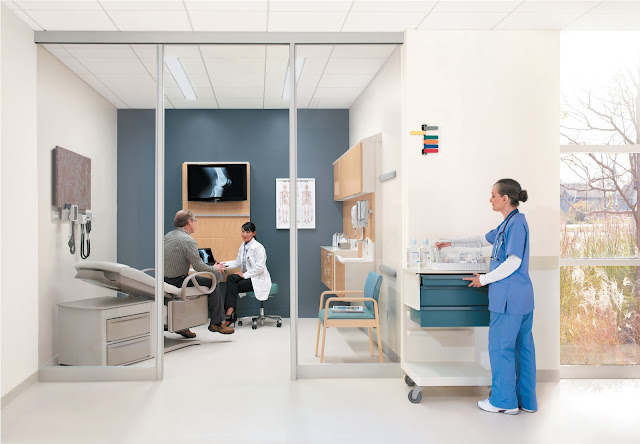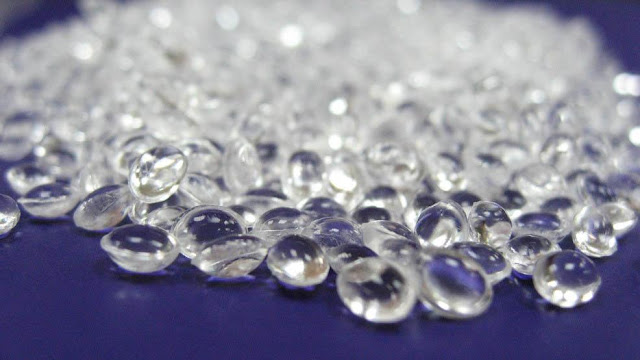Plasmid DNA Manufacturing Market
Plasmid DNA is circular DNA molecules occurring in bacteria and other cells.
They are used as a tool for cloning genes and in genetic engineering as they
are able to self-replicate independently of the chromosomal DNA. Plasmid DNA
are considered invaluable to scientific research and have applications in gene
therapy, DNA vaccines, genetic engineering, and more. Plasmid DNA is used as a
therapeutic agent and as an expression or delivery system for gene therapy.
They help deliver therapeutic genes into patients in need of treatment.
The
global Plasmid DNA Manufacturing Market
is estimated to be valued at Us$ 901.2
Bn in 2023 and is expected to exhibit a CAGR Of 4.8% over the forecast period 2023-2030, as highlighted in a new report published by Coherent
Market Insights.
Market Opportunity:
Gene therapy is a booming biopharmaceutical industry projected to reach over
US$ 10 billion by 2030. The opportunity for growth in gene therapy provided by
plasmid DNA is immense. As more gene therapy clinical trials are approved and
treatments are commercialized, the demand for high quality and GMP grade
plasmid DNA will surge significantly. Plasmid DNA forms the foundation of all
gene therapy and DNA vaccine products providing an optimal medium to alter
genetic code. With over 3000 gene therapy clinical trials ongoing worldwide for
various genetic and acquired diseases, plasmid DNA manufacturing will play a
vital role in fueling the gene therapy revolution and transforming patient
care.
Porter's Analysis
Threat of new entrants: Low capital requirements and lack of proprietary
technology pose a low threat of new entrants in the plasmid DNA manufacturing
market.
Bargaining
power of buyers: Large pharmaceutical and biotech companies have significant
bargaining power over plasmid DNA manufacturers due to their bulk buying
ability.
Bargaining
power of suppliers: Raw material suppliers have medium bargaining power due to
accessibility of raw materials for plasmid DNA.
Threat
of new substitutes: No viable substitute exists for plasmid DNA used in genetic
engineering and gene therapy research and development.
Competitive
rivalry: Intense competition exists among existing plasmid DNA manufacturers
due to their focus on expanding production capacity and capabilities.
SWOT Analysis
Strengths: Growing R&D investment in gene therapy and vaccines.
Weaknesses:
Regulatory compliance requirements increase costs and complex manufacturing
processes.
Opportunities:
Increasing plasmid DNA demand for COVID-19 vaccine development.
Threats:
Challenges in developing high-yield purity and potency plasmid DNA products.
Key Takeaways
The
Global Plasmid DNA Manufacturing Market Demand
is expected to witness high growth over the forecast period of 2023 to 2030
driven by increasing investment in gene therapy and DNA vaccine development.
The global Plasmid DNA manufacturing market is estimated to be valued at US$
901.2 Bn in 2023 and is expected to exhibit a CAGR of 4.8% over the forecast period
2023-2030.
The
North America region currently dominates the market attributed to presence of
leading biopharma companies and gene therapy research.
Key
players operating in the plasmid DNA manufacturing market are Cobra Biologics
and Pharmaceutical Services (Charles River Laboratories), VGXI, Inc., Aldevro.
Cobra Biologics specializes in cGMP manufacturing of plasmid DNA while Aldevro
focuses on process development and manufacturing services for plasmid DNA.
Get
more insights on this topic :




Comments
Post a Comment